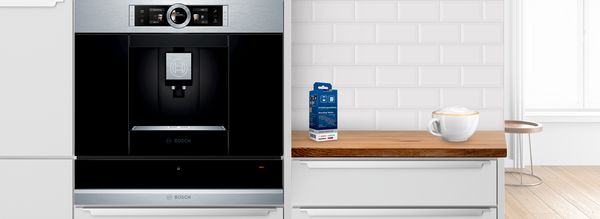The Ultimate Guide to Descaling
Calcium carbonate, or limescale to the rest of us, is an all too common occurance in many home appliances which take in and use water, and it often appears as a milky white deposit which clings to the inside surface of these appliances. If you regulary take a look inside your kettle, especially at the filter and the bottom surface, you will know exactly what we're talking about! Depending on where you live, your appliances may be more at risk of limescale build-up if you live in a hard water area.
It is possible to remove limescale deposits by scrubbing them with a wire sponge or scourer, but this comes with the risk of damaging the finish on the internal surface of the appliance. Also the limescale minerals are very abrasive and they will cause additional damage if they are rubbed or scraped off.
Luckily limescale can be easily lifted off surfaces and dissolved if the correct descaling product is used. Below we have outlined some helpful and simple descaling tips to ensure that your appliances remain in perfect working order and operate at their peak performance everytime.

Descaling your Kettle
Limescale can build up on the inside of your kettle and particularly on the element, especially in hard and medium water areas. When this happens, the taste of hot drinks can be affected. You may see a film on top or white limescale deposits in your drink. Limescale can also reduce the efficiency and lifetime of your appliance.
- Descale as frequently as required by checking inside the kettle. Another indication that a descale is needed is when the kettle switches off before it reaches boiling point.
- If your kettle has a limescale filter this can be removed and soaked in a little vinegar before being rinsed with clean water.
- In some areas, chalky limescale can collect on the inside wall of the appliance. This can be easily lifted off with our descaling tablets and any residue can be wiped away with a damp cloth.
- Never use a hard object to chip away limescale as this may damage the kettle.

|
Liquid descaler for kettles
|
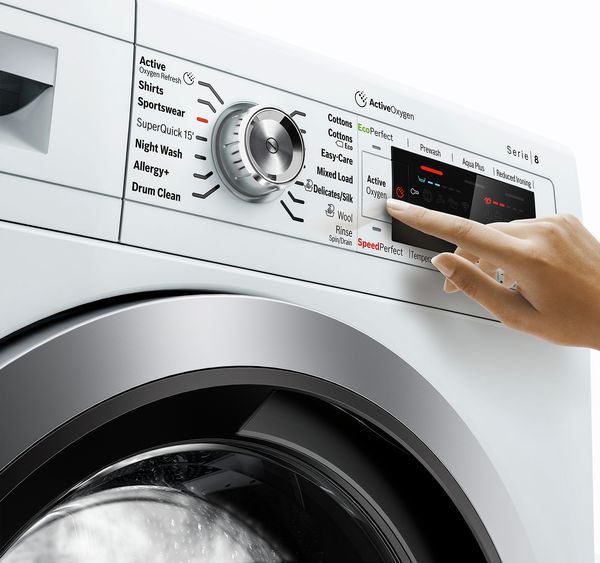
Descaling your Washing Machine
Washing machines are used regularly and with warm water passing through the appliance, regular descaling is important, especially in hard water areas. Harmful limescale can affect the efficiency, performance and lifetime of the appliance.
- We recommend descaling your washing machine every three to six months, depending on the local water hardness. You should still use a washing machine descaler, even if you are using a detergent which claims to also remove limescale, to ensure its complete removal.
- It is advisable to also run a more frequent maintenance wash at 90°C using our tested and approved washing machine cleaner to remove odours and residues.
- Repeat the wash programme after the descaler has been run to completely rinse out the washing machine.
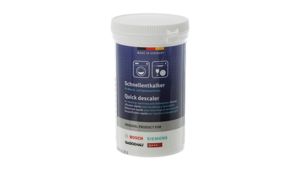
|
Descaler for washing machines
|
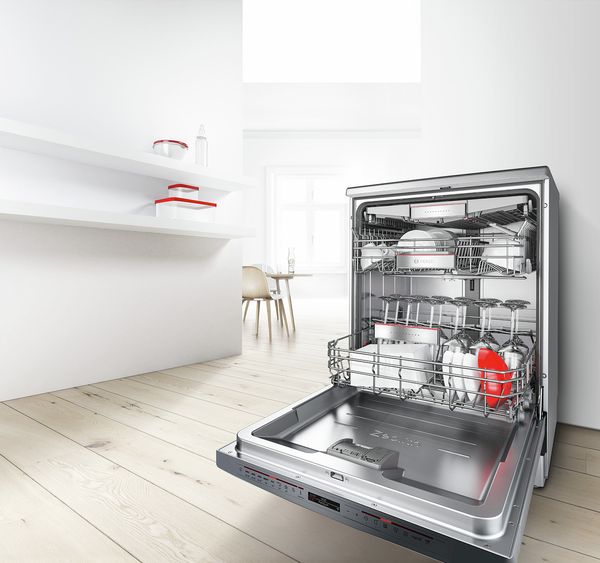
Descaling your Dishwasher
Dishwashers are used often so limescale can build up quickly, especially in hard water areas. To keep your dishwasher working as efficiently and effectively as possible, and to ensure your dishes come out perfectly clean, regular descaling is important.
- Many detergent manufacturers sell all-in-one dishwasher tablets. They are designed to be used without salt or rinse aid. These can be used in our dishwashers but for best results, always ensure the salt level and rinse aid are correct, even when using all-in-one tablets.
- Make sure your dishwasher is set to the correct water hardness level. Refer to your instruction manual for advice on how to do this.
- Dishwashers should be descaled at least once a year.

|
Descaler for dishwashers
|
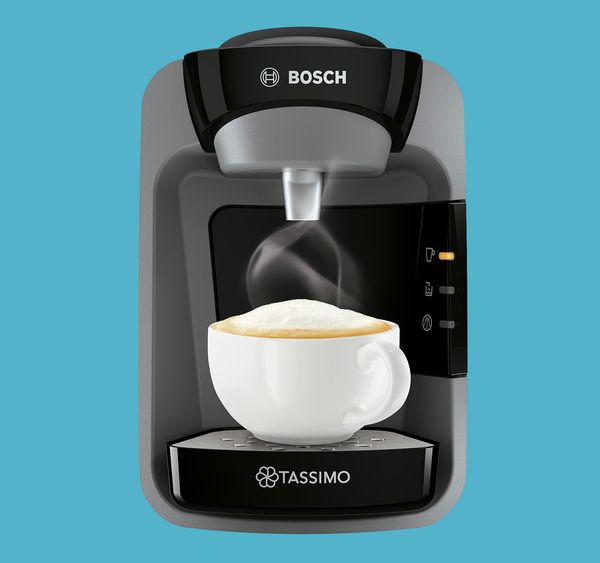
Descaling your Tassimo
Your Tassimo coffee machine will indicate when it needs to be descaled via a red flashing light on the front of the machine. It's important to descale as soon as possible to avoid potential damage to the machine and ensure continued great tasting drinks.
- Any chalky deposits in the water tank can be wiped away with a damp cloth.
- To complete the descaling process you will need to use the Service T-Disc which is located either underneath or behind the water tank.
- If you have lost your Service T-Disc, you can purchase a new one from our online store. View the range by clicking here.

|
Tassimo descaling tablets
|

Descaling your Coffee Machine
The machine will indicate when a descaling or cleaning cycle is required. Descaling frequency depends on the water hardness level set before using the machine for the first time, and if it has a water filter.
- If your coffee machine does have a water filter, remove this before descaling to prevent it being damaged.
- It is important to clean your coffee machine, as well as regular descaling, to ensure great tasting coffee and to maintain its performance.
- You instruction manual will provide you with clear instructions which will explain the descaling process for your coffee machine.
- To learn how to descale your Bosch VeroCafe Latte coffee machine, watch our YouTube video by clicking here.
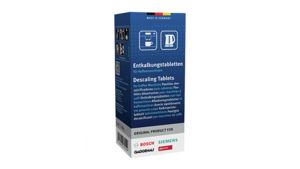
|
Descaler for coffee machines, kettles and hot water dispensers
|
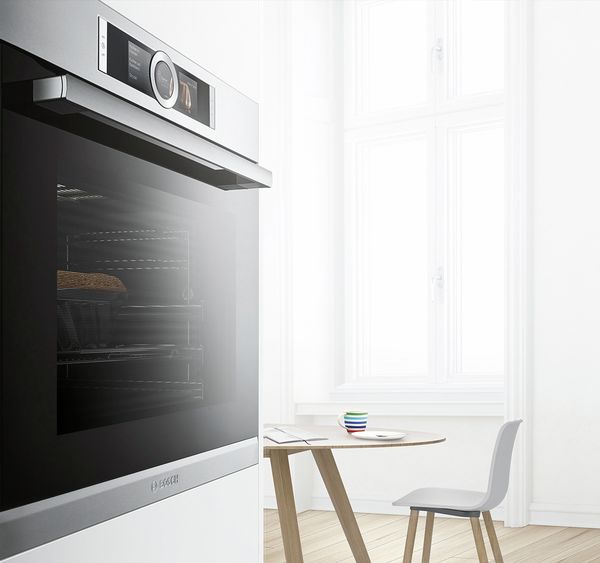
Descaling your Steam Oven
Limescale is a natural result of steam creation so your steam oven needs to be regularly descaled to ensure deposits do not build up.
- In hardwater areas, unsightly limescale deposits build up in the evaporating dish and should be removed. It's important to use the correct descaler to avoid damaging the rubber seals.
- Always wear protective gloves when descaling a steam oven.
- Your instruction manual will give you specific instructions which will explaining the descaling process for your steam oven.

|
Liquid descaler for steam ovens
|
